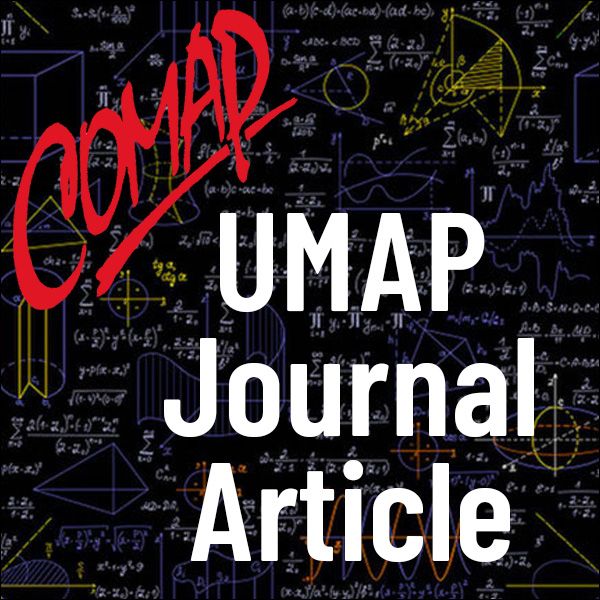Mathematical Developments in 1997 (UMAP)
Author: Paul J. Campbell
Mathematics in 1997 was marked by the celebration of achievements and by the contemplation of philosophical questions and computational results. The Nobel Prize for Economics was awarded for a mathematical model formulated in the 1970s that is crucial to today's securities markets. As Andrew Wiles received a famous long-standing prize for proving Fermat's Last Theorem, number theorists began to attack a related problem that, like the Fermat conjecture, is easy to formulate but may prove very difficult to solve. New results in mathematical logic emphasized that some facts in mathematics cannot be proved and hence must be true for no good reason whatsoever. Statisticians debunked alleged statistical support for claims that the Bible encodes predictions of future events, and they reconsidered what it means for an event to be considered random. A college student found a new prime number while participating in an organized search by people with spare personal computer time on their hands; that accomplishment and others, including an instance of breaking the commercial Data Encryption Standard code, solidified a new popular participation in distributed parallel computation. Finally, a priority mystery about the origins of the theory of general relativity was solved.
Table of Contents:
INTRODUCTION
A PRIZE FOR PRICING
A NEW PRIZE FOR A NEW CONJECTURE
UNPROVABLE FACTS
WHAT IS RANDOM?
COOPERATING COMPUTERS
RELATIVITY
MILESTONES
REFERENCES
ACKNOWLEDGMENT
ABOUT THE AUTHOR

Mathematics Topics:
Application Areas:
You must have a Full Membership to download this resource.
If you're already a member, login here.